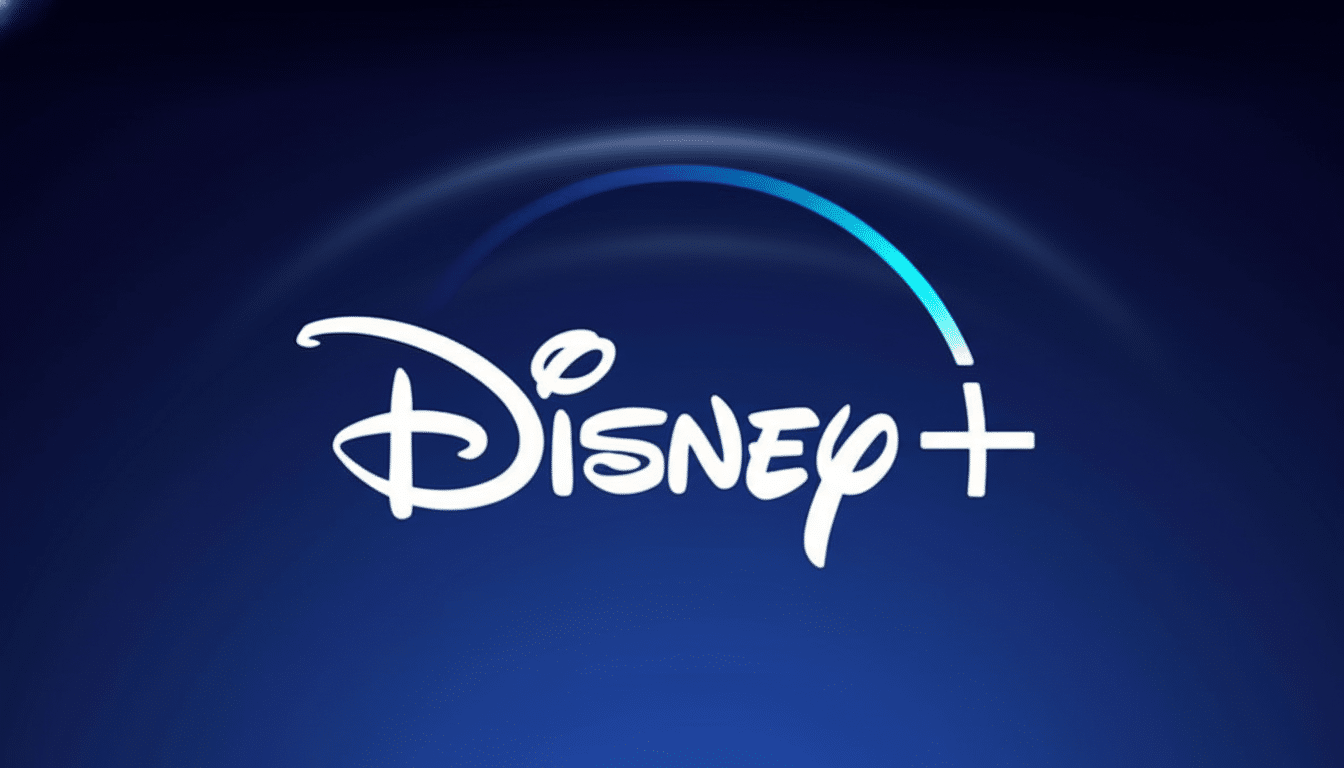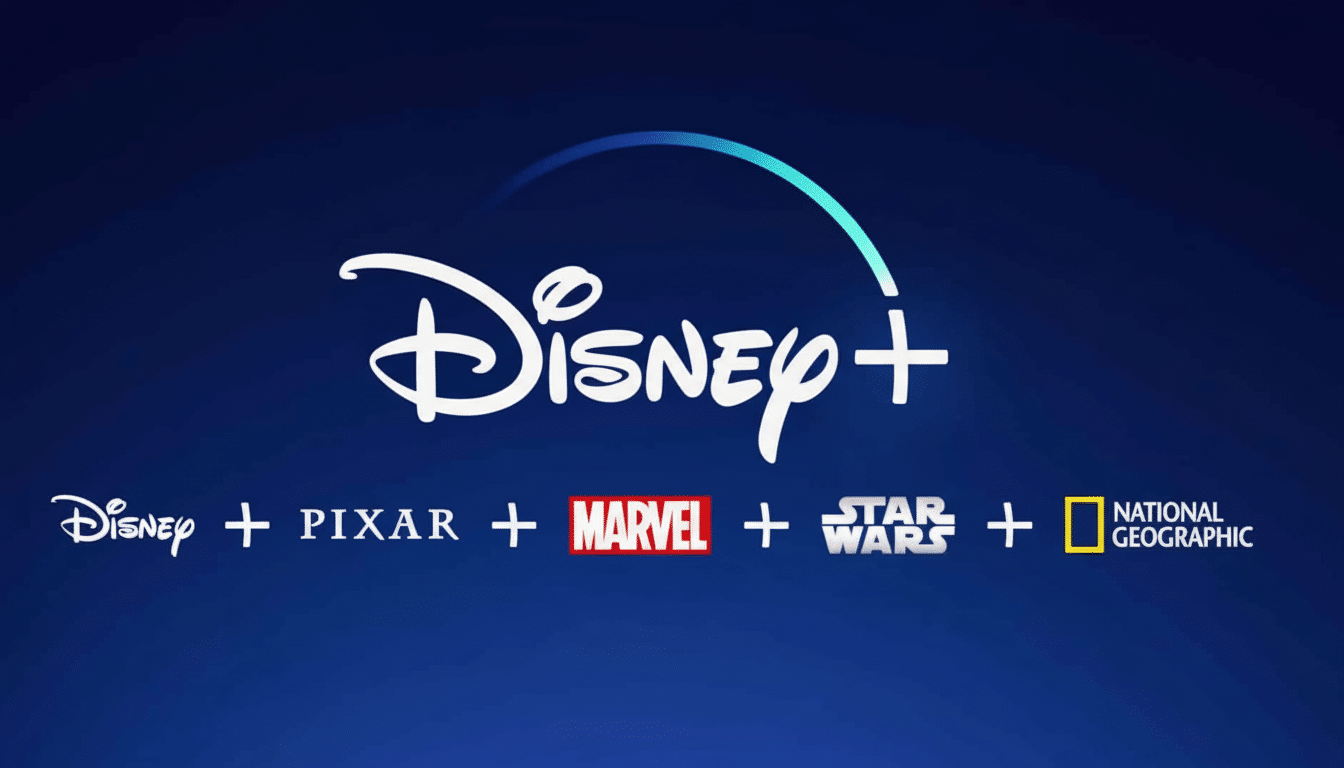California is stepping up to lower the volume on one of streaming’s most nagging irritations. A new state law prohibits ads on services like Netflix, Disney Plus, Prime Video, YouTube and free ad-supported TV apps from shouting louder than the show or movie you’re watching. It’s a win for consumers — and it forces streaming into the same lane that broadcast and cable hit years ago, forcing it to confront what may be the biggest upheaval in ad-supported TV since quotas took hold across network television decades ago.
What the Law Actually Requires for Streaming Ads
Signed by Governor Gavin Newsom and authored by Senator Thomas Umberg, Senate Bill 576 applies the principles of the federal Commercial Advertisement Loudness Mitigation Act to streaming. The basic rule is simple: an ad can’t be louder than the program it supports. Easy to say, but it would get platforms and those who sell video ads to harmonize around a set of audio standards rather than letting volume be a competitive weapon.

The framework is a reflection of the broadcast world, in which industry practices like ATSC A/85 (which uses LKFS – Loudness, K-weighted, relative to Full Scale) and loudness limits have been enforced for years by the Federal Communications Commission. Hitherto, streaming has been a hodgepodge: many ad servers, diverse encoding and inconsistent loudness metadata. California’s law closes that gap by specifically holding services accountable for making ad and program audio equal.
Why Streaming Ads Seem Louder To Begin With
There are a few reasons viewers pick up on screaming ads. Advertisers with a nose for television commercials know to master them with aggressive compression so they can cut through the background noise, which increases perceived loudness even if the peak levels don’t appear all that high. Shows and movies, on the other hand, maintain a wider dynamic range in order to keep dialogue audible and cinematic moments impactful. It is jarring when an overcompressed ad stomps on a quiet scene.
Compound that with the complexity of streaming ad delivery and the problem gets a lot worse. One ad break could weave in creatives from multiple demand partners, all encoded and mixed differently. If a player fails to take low-volume metadata into account, or if it gets that data wrong, you end up with mad volume roller coasters. This forces a single point of accountability: the service has to normalize or reject ads which don’t match the program’s target.
How Platforms And Advertisers Will Respond
Streaming services can expect loudness checks at several points during the chain. Pre-ingest systems may be able to scan incoming creatives and flag out-of-range integrated loudness. In real-time, normalization can normalize ad audio on the go. Ad tech must be able to transmit trusted metadata through VAST tags, and programmatic marketplaces have to see compliance in action. The IAB Tech Lab already has best practices for audio in ad delivery, which will probably become a requirement.
For creatives, the solution isn’t simply powering everything down. Engineers will strive for a perceptually consistent integrated loudness goal across content, as opposed to high compression and peak limiting. That can add clarity and reduce listener fatigue, but without neutering the impact of the ad. In theory, this will cut down on the “late-night remote scramble” when a commercial rips us out of a quiet scene.

What to Expect on the Couch as Ads Get Quieter
Among the most immediate differences should be fewer abrupt jumps during ad breaks watching Netflix’s and Disney’s ad-supported tiers, on FAST channels like Tubi and Pluto TV, as well as YouTube on connected TVs. Most TVs and soundbars have “auto volume” settings, but those are blunt instruments. Addressing loudness at the service level is much more efficient and can actually make late-night TV, shared apartments, and family homes perceptibly quieter.
There might still be nuances between genres and sources — live sports, reality TV and cinema mixes don’t all behave the same — but the law is directed at the worst offenders.
The impact should be most apparent on platforms that chain ads from different suppliers together, for which normalization has been inconsistent.
The Industry Ripple Effect Beyond California
California is a de facto national standard-setter in many ways. From privacy regulations to car emissions rules, companies tend to pick one playbook and do not like building a state-by-state system. Splitting experiences for streaming is even less likely to work, since audio pipelines are global. In practice, viewers outside California might be getting quieter advertisements, too, as platforms standardize their processes.
Consumer advocates like Consumer Reports have for years called for stronger ad-loudness protections, and the FCC’s history with broadcast loudness will give regulators and engineers a thoroughly tested blueprint. Members of Congress have suggested ways to update the federal law for the streaming era, and a big state moving first adds pressure to create uniform rules across the country.
Bottom Line for Streaming and Ad-Supported TV
With ad-supported tiers on the rise and free streaming expanding, the economics of Internet TV rely on ads that people will endure — not ones that send them scrambling for the mute button. California’s new rule isn’t the death of creativity or of volume; it demands parity, predictability and respect for the viewer. If the platforms execute well, the change will be felt less like regulation and more like good product design: The ads are still there — but your ears won’t hear them.

